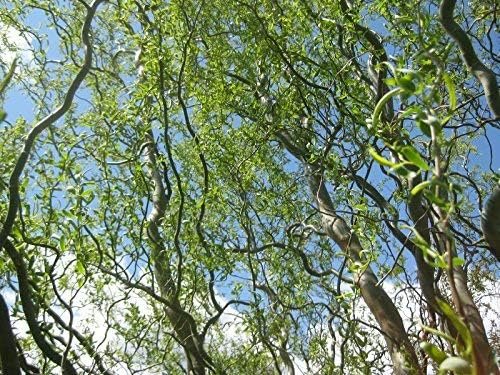 Image 1 of 1
Image 1 of 1


European Mountain Ash
Also known as Rowan, a 20’ to 40’ tree with white flowers and clusters of bright, red berries. Hardy to zone 3. Potted 1’-2’. Space 15’-20’ in full sun. Prefers well-drained, acidic soil.
Pollinators and other beneficial insects provide such important ecosystem services as controlling pest populations and pollinating our fruit trees and berry plants. In fact, there would be no fruit without them. Unfortunately, many are facing decline and need our help. Pollinator plants make great orchard companions. Not only are they beautiful, but they provide food and habitat for beneficial insects, and many are native to Vermont, thus increasing resilience in the landscape in the face of climate change.
Also known as Rowan, a 20’ to 40’ tree with white flowers and clusters of bright, red berries. Hardy to zone 3. Potted 1’-2’. Space 15’-20’ in full sun. Prefers well-drained, acidic soil.
Pollinators and other beneficial insects provide such important ecosystem services as controlling pest populations and pollinating our fruit trees and berry plants. In fact, there would be no fruit without them. Unfortunately, many are facing decline and need our help. Pollinator plants make great orchard companions. Not only are they beautiful, but they provide food and habitat for beneficial insects, and many are native to Vermont, thus increasing resilience in the landscape in the face of climate change.





